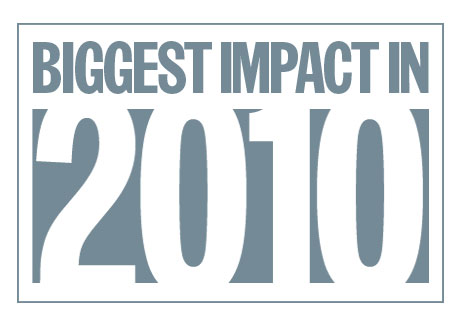What impacted adland most?
Different strokes for different folks. Bindu Nair Maitra asked decision makers to answer the question and the responses are as varied as one could imagine. Add them all up, and that’s the year 2010 in a nutshell.
by Bindu Nair Maitra

To continue enjoying this content, please sign in below. You can register for free for limited further access or subscribe now for full access to all out content.
Sign In
Trouble signing in?
Register for free
✓ Access limited free articles each month
✓ Email bulletins – top industry news and insights delivered straight to your inbox
Subscribe
✓ All the latest local and global industry news
✓ The most inspirational and innovative campaigns
✓ Interviews and opinion from leading industry figures
